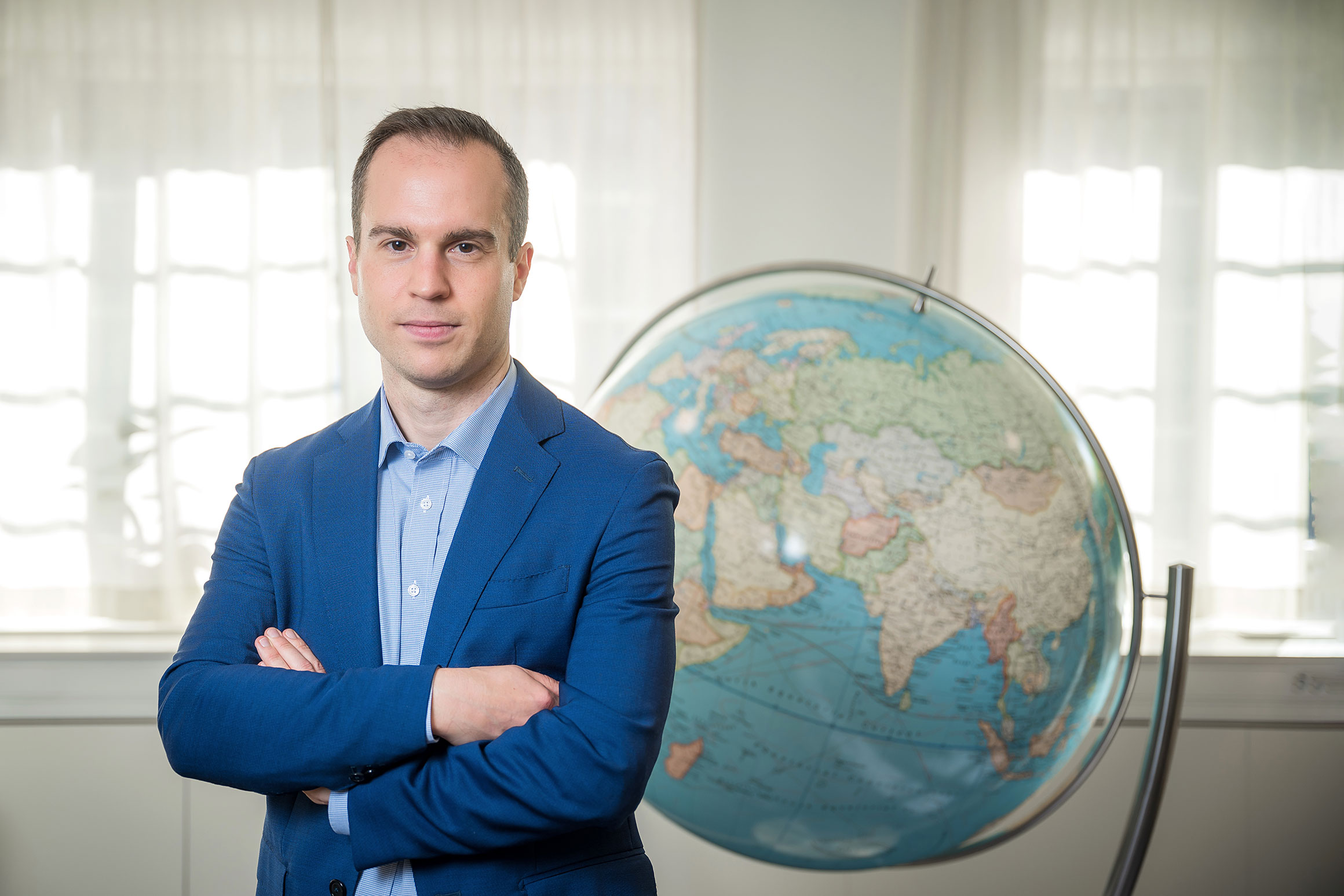
Published
- Sustainability
- Financing
- Trends
New climate assessment model at EKN aims at net-zero portfolio
A major telecom deal in Japan has become the first to undergo EKN’s new climate assessment process, designed to determine alignment with the net-zero goal.
To achieve a credit portfolio that includes financial commitments of up to 22 years while aligning with the net-zero target by 2050, the shift towards green solutions must begin today. According to the IPCC, a three- to six-fold increase in climate financing is required by 2030 to limit global warming to 1.5°C. The private financial sector has the scale to mobilise the majority of the necessary capital and drive real-economy decarbonisation.
Consequently, the Swedish government has required EKN to transition its operations and secure a portfolio in line with the goals of the Paris Agreement 1.5°C target, and to avoid creating a lock-in fossil fuel dependence.
The purpose is to classify an individual transaction from a climate perspective and determine whether it fits into a net-zero portfolio.
Victor Carstenius

To comply with this requirement, EKN and SEK have jointly developed a climate assessment model called the Paris Alignment Methodology, which will initially be applied to large buyer credits with long durations. “The purpose is to classify an individual transaction from a climate perspective and determine whether it fits into a net-zero portfolio,” says Victor Carstenius, Senior Analyst at EKN.
The methodology, developed in collaboration with consultancy firm RINA, integrates the EU Taxonomy and employs best practice approaches such as the Paris Aligned Investment Initiative and Joint MDB Methodological Principles.
The first project assessed under this new model is a JPY facility equivalent to USD 584 million financing of equipment from Sweden’s Ericsson for a new 5G network rollout by Softbank in Japan. This marks the fourth EKN-covered facility for the telecom operator. “Given the availability of relevant data from Softbank, we believed it was a suitable candidate for our new assessment model,” Carstenius explains.
What is the difference between the new climate assessment model and the sustainability analysis that has long formed a part of EKN’s credit approval process?
“In addition to environmental impact, the sustainability analysis also looks at social impact and governance issues. The new climate assessment methodology entails quantitative measurement of greenhouse gas emissions caused by the project or transaction. If the project is not meeting the 1.5°C goal today, meaning it is not already ‘achieving net zero’, we look at whether there is a credible transition plan in place and if the project is ‘aligning towards net zero’,” says Carstenius.
The climate assessment model will not replace the sustainability analysis but will complement it, supporting EKN’s and SEK’s commitment to achieving a net-zero portfolio by 2045.
“As of today,” Carstenius adds, “EKN only measures and provides incentives for transactions that are aligned to the EU Taxonomy. The Paris Alignment Methodology provides a way of measuring transactions that are aligning or transitioning toward net zero”
Aligned or not – that’s the question
In cases where there is a high risk of carbon lock-in, or no credible transition plan has been adopted, the transaction will be considered “not aligned” for the climate mitigation assessment. Carstenius points out that The Paris Alignment Methodology is not intended as a way of rejecting transactions. “EKN can potentially still support transactions that are classified as ‘Not aligned’.”
In the case of Softbank transaction, the climate assessment classified it as “aligning towards net zero”.
The Paris Alignment Methodology equips EKN with a science-based, actionable tool for business decisions, supporting the long-term transition to a net-zero portfolio. As EKN gains experience with the methodology, the process will be adjusted and updated in line with market practices.
